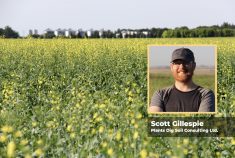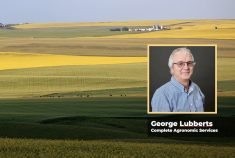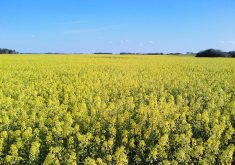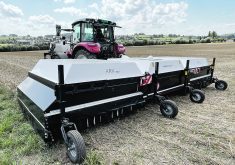Glacier FarmMedia – With new products, new production practices and new technology converging on the agriculture industry at a frenetic pace in recent years, independent agronomists and crop advisors are feeling the pressure to provide clients with recommendations sort the wheat from the proverbial chaff about what might or might not work on an individual farm.
Not only is the pace of new products and technology unrelenting, but ongoing budget cuts at all government levels have reduced or eliminated the valuable network of independent crop and livestock researchers who, for decades, provided reliable feedback on the efficacy of new technology.
And for producers the stakes are getting higher. A McKinsey & Company report indicates the cost of agricultural inputs has increased globally between 80 and 250 per cent in the last few years. It is costing farmers more to produce.
Read Also
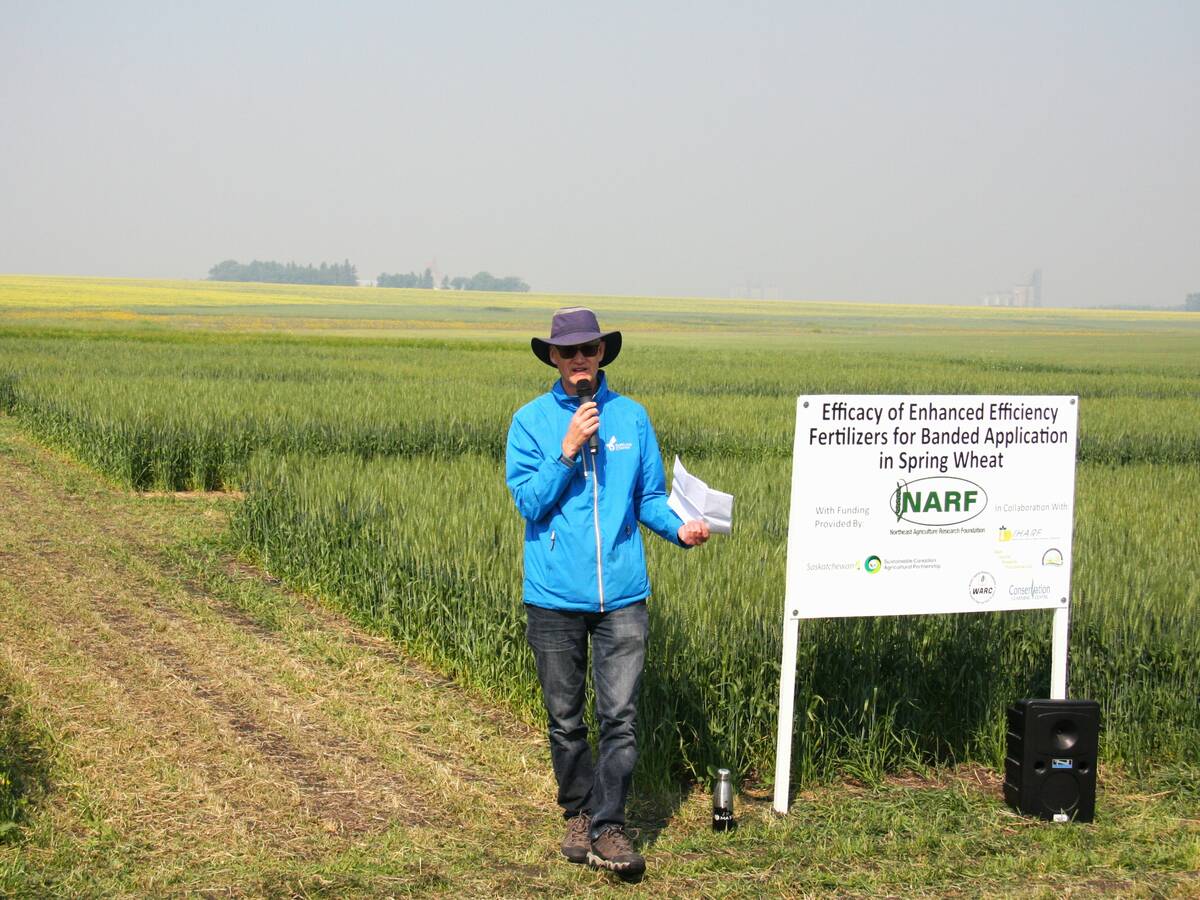
Fertilizer method’s link to emissions studied
A researcher says others studying greenhouse gas emissions aren’t considering how the loss of nitrogen into the atmosphere correlates with fertilizer application or if there is an impact to yield.
So, when it comes to the value of great new ideas, where do producers place their input dollars in an attempt to optimize production and still realize a satisfactory return on investment?
There is no silver bullet answer to that complex question, say several independent consulting agronomists across Western Canada. Each consultant applies different strategies to evaluate new products, new practices and new technology to hopefully help producers make more informed management decisions.
In this three-part feature, we hear from three agronomists about their approaches to implementing new products and practices in the ag sector.
Read part one with George Lubberts and part two with Scott Gillespie here.
Adam Funk
Borderline Agriculture Inc., Winkler, Man.
Adam Funk provides agronomy services to clients in south-eastern Manitoba, adjacent to the North Dakota border. He often must look to the U.S. to find new products, new varieties and agronomic research most relevant for his clients.
Funk lives and farms near Winkler about four miles north of North Dakota and just west of the Red River Valley. The valley floods every year as snowmelt and spring runoff from Minnesota and North Dakota moves north through the valley toward Lake Winnipeg.
“There are agriculture research facilities in Manitoba about an hour north of where I live, but most of their research pertains more to crop production in western Manitoba than it does to eastern Manitoba,” says Funk. “There is bean breeding work at an Ag Canada research centre but it’s not keeping pace with new higher yielding varieties being developed in the U.S. So, for research information and new varieties relevant to producers in this area I rely more on extension services from North Dakota State University (NDSU) as well as agriculture research in Minnesota. This part of eastern Manitoba with the Red River valley has more in common with farming in the northern U.S.”
While soybeans were once grown widely in south-eastern Manitoba, Funk says in more recent years his clients have found that corn and dry beans are the most profitable crops.
To keep his clients as up to date as possible on new corn varieties, Funk works with producers to establish field scale, replicated variety trials.
“Depending on the width of the planter, we will place seed of new corn varieties in four or six rows across the planter and then make at least two passes with the planter a half mile long,” says Funk. “Each variety within these field scale replicated trials is harvested separately come fall, and usually the top performing varieties will be the ones recommended to producers for the following year.”
Similarly, he works with bean buyers who have access to U.S. markets and dry bean varieties. The buyers will select U.S. developed new black, pinto or cranberry bean varieties and then obtain the minor use registration needed to evaluate those varieties in Canada.
Funk will organize trials of these new varieties for some of his clients. Information on the top performing varieties in Canada will be passed along to the bean buyers who will then advocate for the registration of those varieties in Canada.
When it comes to crop protection products, Funk also keeps a close eye on what products work to control weeds and diseases in U.S. corn and dry bean crops.
The situation is complicated for many farms within the Manitoba Red River Valley flood plain as weed seeds such as water hemp, kochia and Palmer Amaranth are carried into Canada by floodwater from northern U.S. states. Some are familiar weeds in Canada while others are new.
“For many years the challenge was dealing with herbicide resistance in wild oats,” says Funk. “But now we are seeing more broadleaf weeds with herbicide resistance.” He keeps an eye on what herbicides are used by U.S. farmers and then sees if there is comparable herbicide chemistry registered in Canada that can be used by Manitoba farmers.
“There are a few older, registered products that can be used with dry beans,” he says. “If there is a new product in the marketplace, we have to rely on the chemical companies to obtain minor use registration. The agronomists working for the chemical companies in this area do an excellent job.”
And herbicides aren’t the only weed control option. “One practice I have seen more of in the past couple years on about 10 to 15 per cent of acres, is that farmers are pulling their cultivators out of the bush and using it to control weeds on some of their row crops,” says Funk. “They are weighing the option of making an $8 per acre cultivator pass versus perhaps a $50 to $100 per acre treatment with herbicide.
“Some long-time agronomists are saying that farming has gone full circle, from tillage to zero-tillage and now back to tillage again,” says Funk. “I don’t believe that conservation farming practices will disappear, but tillage may return as one of the tools in the toolbox.”
Funk has done some work with clients to evaluate fall cover crops to control weeds, but with generally long season crops in rotation, there isn’t always time after harvest to get cover crops established. He’s also working with a group of farmers who have teamed up to buy a field sprayer, with plans to use John Deere See and Spray or green-on-green technology that uses sensors to differentiate between crop and weeds. As the sprayer makes a pass, weeds can be essentially spot sprayed or controlled, more selectively.
“It takes time for new chemistry to come to the marketplace,” says Funk. “For example, it costs crop protection companies hundreds of millions to develop and register a new molecule for weed control. It is important to also be looking at cultural control practices and other new technology such as robotic tillage and laser-guided weed control tools which perhaps 10 years down the road will be common.”





